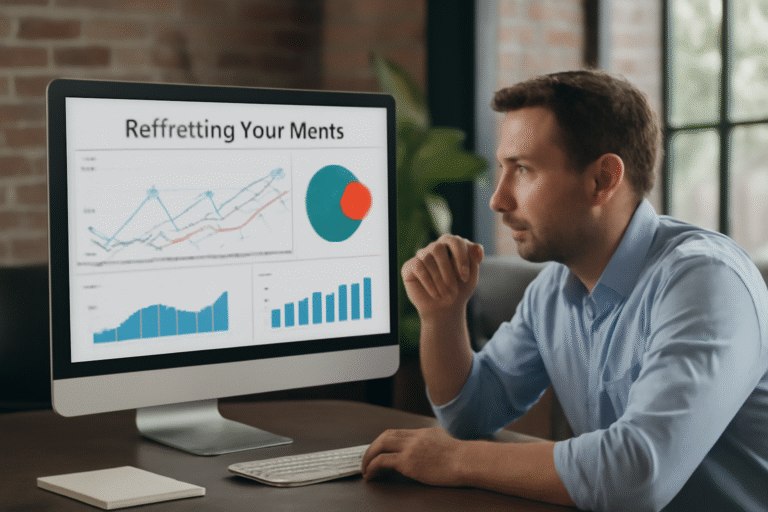
Event planning in San Francisco (SF) is both an exciting and challenging endeavour, especially with the ever-evolving landscape of the industry. With its vibrant culture, diverse population, and plethora of unique venues, SF is a top destination for events of all kinds. Whether you are planning a corporate event, wedding, or social gathering, this guide will provide you with the essential steps and tips for successful event planning in 2024, focusing on the latest trends and best practices. Let’s dive into the ultimate guide for event planning SF.
Understanding the Basics of Event Planning
Setting Clear Objectives
Before diving into the logistics, it’s crucial to define the objectives of your event. What are you aiming to achieve? Whether it’s increasing brand awareness, fundraising, networking, or celebrating a milestone, having clear goals will guide every decision you make.
Budget Planning
A well-thought-out budget is the backbone of successful event planning. Outline all potential expenses, including venue, catering, entertainment, marketing, and contingencies. Allocate funds accordingly and keep track of expenditures to avoid overspending.
Choosing the Right Venue
Iconic SF Venues
San Francisco offers a wide range of venues, from historic landmarks to modern spaces. Consider iconic locations like the Palace of Fine Arts, the Exploratorium, or trendy spaces in the Mission District. Ensure the venue aligns with your event’s theme and capacity needs.
Accessibility and Amenities
When selecting a venue, consider accessibility for all guests, including those with disabilities. Additionally, check for essential amenities such as parking, restrooms, Wi-Fi, and audiovisual equipment. A venue with flexible indoor and outdoor spaces can offer more options for setup and layout.
Leveraging Technology
Event Management Software
Utilise event management software to streamline planning and execution. Platforms like Eventbrite offer tools for registration, ticketing, and attendee management, making it easier to track RSVPs and payments.
Virtual and Hybrid Events
In 2024, hybrid events (combining in-person and virtual elements) are gaining popularity. Ensure your event has robust virtual infrastructure to accommodate online attendees. Use high-quality streaming services and interactive tools like polls and Q&A sessions to engage both online and offline audiences.
Curating an Engaging Program
Diverse Content
Create a diverse program that caters to various interests. Include keynote speakers, panel discussions, workshops, and entertainment. Balance informative sessions with networking opportunities and breaks.
Interactive Elements
Incorporate interactive elements to keep attendees engaged. Consider live demos, hands-on workshops, and interactive exhibits. Technology like augmented reality (AR) and virtual reality (VR) can also enhance the attendee experience.
Catering and Hospitality
Local Cuisine
San Francisco is renowned for its culinary scene. Offer a menu that highlights local cuisine and caters to diverse dietary preferences. Partner with reputable local caterers to ensure high-quality food and service.
Beverage Options
Provide a variety of beverage options, including non-alcoholic choices. Consider setting up themed bars or beverage stations to add a unique touch to your event.
Marketing and Promotion
Digital Marketing
Utilise digital marketing strategies to promote your event. Leverage social media platforms, email marketing, and SEO to reach your target audience. Create engaging content and use targeted ads to boost visibility.
Collaborations and Partnerships
Collaborate with influencers, local businesses, and media outlets to extend your reach. Partnerships can enhance credibility and attract a broader audience.
Sustainability and Eco-Friendly Practices
Green Initiatives
Incorporate sustainability into your event planning. Use eco-friendly materials, reduce waste, and opt for digital tickets and brochures. Encourage recycling and composting at the event.
Sustainable Vendors
Partner with vendors who prioritise sustainability. Choose caterers who use locally sourced ingredients and decorators who use reusable or biodegradable materials.
Managing the Day of the Event
Detailed Itinerary
Create a detailed itinerary for the event day. Include setup times, program schedules, and contingency plans. Distribute this itinerary to your team and vendors to ensure everyone is on the same page.
On-Site Coordination
Have a dedicated on-site coordinator or team to manage logistics and address any issues that arise. Ensure they have access to all necessary contacts and resources.
Post-Event Follow-Up
Gather Feedback
Collect feedback from attendees to understand what worked well and what could be improved. Use surveys and feedback forms to gather insights.
Post-Event Communication
Send thank-you emails to attendees, sponsors, and partners. Share event highlights and photos on social media and your website to maintain engagement.
Conclusion
Successful event planning in 2024 requires a blend of strategic planning, creativity, and adaptability. By understanding the basics, leveraging technology, curating engaging programs, and prioritising sustainability, you can create memorable events that leave a lasting impression. Whether you’re organising a small gathering or a large-scale conference, following this guide will help you navigate the complexities of event planning in SF and achieve your objectives.






